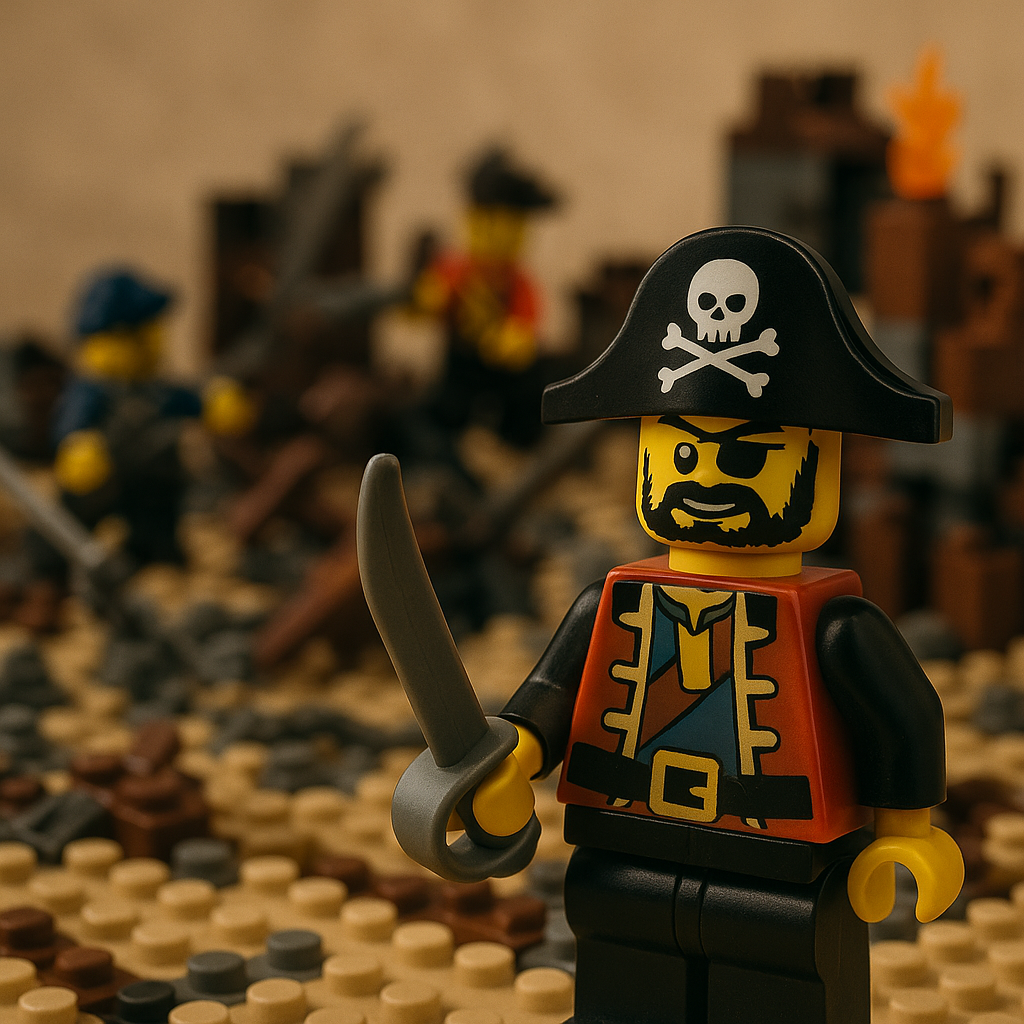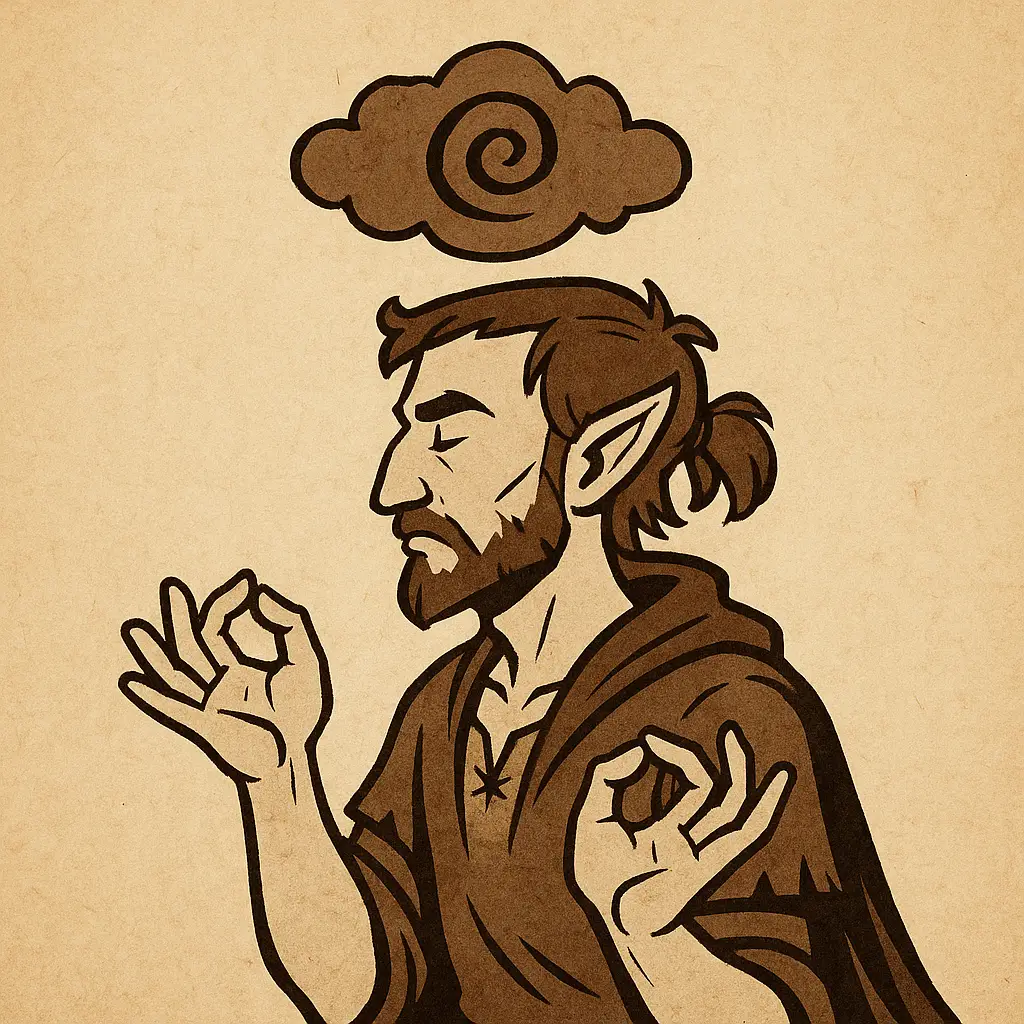How to turn your LEGO builds into an epic, evolving tabletop narrative with characters, factions, and story arcs
You’ve built the battlefield.
You’ve raised the fortress, armed the orcs, posed the paladin mid-strike.
The battle looks amazing—and maybe you’ve even started playing games with your builds.
But now you want more.
You want to tell a story.
A story that spans kingdoms, betrayals, victories, and ruins. A story where your builds don’t just stand alone, but connect into a larger world of recurring characters, persistent consequences, and ever-changing terrain.
Welcome to the world of LEGO campaign storytelling—where each build isn’t just a scene, it’s a chapter.
Let’s explore how to build a long-form LEGO war saga that evolves over time—something you can play, photograph, and expand for months (or years) to come.

🎭 Step One: Define the Scope of Your Saga
Before you start building again, ask yourself:
What kind of story am I telling across my builds?
Campaign Style Options:
- Chronicle of War: Follow one great conflict over time—each battle is a key moment in a war.
- Hero’s Journey: Track a small group of characters across multiple quests and dangers.
- Factional Struggle: Let two or more factions grow, change, and clash over territory and power.
- Mythic Cycle: Tell a repeating legend that echoes across generations and builds.
Your decision will help determine:
- Which characters reappear
- Whether you need a map
- How consequences carry over
- Which terrain builds will evolve
Tip: Start small—2–3 builds connected by cause and effect is enough to feel like a story.
🧱 Step Two: Design Key Locations to Anchor the World
Every campaign needs a sense of place.
Build 2–3 core locations that appear more than once, or change over time:
- A fortress that starts pristine, then returns in ruins
- A village caught between factions
- A wizard’s tower that grows strange additions with each magical misfire
- A wasteland that begins empty… but becomes haunted
Design these locations as modular builds so you can modify them between chapters:
- Replace walls with burned versions
- Swap banners to show occupation
- Add new details: siege engines, graves, towers, snow, lava
Each rebuild becomes a time skip in your saga.
⚔️ Step Three: Create Recurring Characters and Factions
To make your LEGO saga feel like a campaign, create:
- Named characters who reappear, change outfits, gain scars
- Factions with distinct colors, symbols, and motivations
Track characters using:
- Minifigs with accessories that evolve over time (a knight gains a crown, a sorcerer loses their staff)
- Visual storytelling: a warrior once noble now wears dark armor
- Mini bios or scrolls kept near the build to explain their arc
Track factions by:
- Assigning color codes (e.g., red for invaders, blue for defenders)
- Giving each faction iconography (shields, flags, helmets)
- Evolving their tech or tactics over time
Bonus: Use LEGO animals or fantasy creatures to represent faction mounts or beasts.
🎲 Step Four: Add Persistent Consequences
What happened in your last build?
Make it matter.
Examples:
- A broken bridge in one scene leads to a canyon standoff in the next.
- A defeated leader’s helmet lies abandoned in the snow.
- A castle taken in Chapter One becomes the enemy HQ in Chapter Three.
You can even track:
- Character deaths (minifigs displayed in a “hall of fallen heroes”)
- Political changes (new faction leaders, new symbols)
- Environmental damage (fire scars, flooded ruins)
The goal is to make every build remember what came before.
This makes your saga feel alive—even to outsiders.
📚 Step Five: Chronicle Your Saga Like a Campaign Journal
To deepen the narrative, keep a build log or campaign journal.
Include:
- Photos of each build
- Names of characters and what they did
- Short summaries of each scene (1–3 paragraphs)
- Dialogue snippets (“You’ll never hold the pass, Dredgar!”)
- Notes for next steps or plot threads
Over time, you’ll have a mini-novel told in bricks, whether you share it online or just relive it yourself.
Bonus idea: Use AI or dice rolls to generate random twists between chapters.
🧩 Optional Rules for Interactive Campaigns
Want to go beyond display? Add mechanics to track consequences between builds:
Build Points System
- Earn bricks by “winning” objectives in a build (territory, loot, magic)
- Spend bricks between builds to upgrade terrain or units
Character Sheets
Track health, experience, or traits using cards or tiles:
- Level up heroes with new gear
- Corrupt villains as they gain power
- Let players build characters using minifig mix-and-match rules
Campaign Map
Use a paper or brick map to show faction control, ruined cities, or monster nests. Each new build reflects a location on the map.
🛠 Tips for Keeping the Campaign Going
1. Build in Waves
Alternate big builds with smaller vignettes:
- One session, build a throne room siege.
- Next session, do a forest ambush with six bricks and a log.
This keeps momentum while avoiding burnout.
2. Reuse Wisely
Don’t rebuild from scratch every time.
Recycle:
- Walls
- Backgrounds
- Minifig bodies
- Trees and terrain elements
Modularity saves time—and adds to the continuity.
3. Rotate Focus
If you’re tired of one hero or faction, jump elsewhere.
- What’s happening in the north?
- What are the villains plotting?
- How is a minor character dealing with the fallout?
It’s your world. Jump around.
🌎 Sharing Your Saga
Want others to experience your builds? Try:
- Creating an Instagram or Flickr campaign series
- Filming stop-motion shorts
- Making “scroll” posts—photos with captions and lore
- Creating a scrapbook-style photo album of your campaign
You can even write short in-universe documents:
- Letters from soldiers
- Wanted posters
- Prophecies
- Battle maps
Every bit of flavor makes the world feel more lived in.
💡 Campaign Themes to Explore
Don’t know what kind of story to tell yet? Try one of these LEGO-friendly campaign templates:
⚔️ “The War of Three Crowns”
A continent fractures as three noble houses vie for control. Treason, alliances, and siege after siege.
🐉 “The Return of the Dragon”
A slumbering beast awakens. The kingdoms must band together—or fall alone.
🕯 “Shadows Over the Northern Pass”
A small fort is the last light against an approaching darkness. Each build brings it closer.
🌊 “Isle of the Lost”
A crew of castaways builds a new society—while fighting off sea creatures, pirates, and something older.
💀 “The Sword of the Dead King”
An artifact grants power—and madness. Whoever wields it turns the tide… but at a cost.
🧱 Final Thoughts: Your Saga Is Waiting
LEGO battle builds are cool.
But when those builds connect—when characters persist, maps evolve, factions clash, and memories accumulate—you’re not just building scenes.
You’re building a world.
A campaign in bricks.
A legend written one stud at a time.
So dig into your collection. Make a hero. Build a battlefield. Tell their story.
Then tear it down.
And build what comes next.
The saga has begun.

